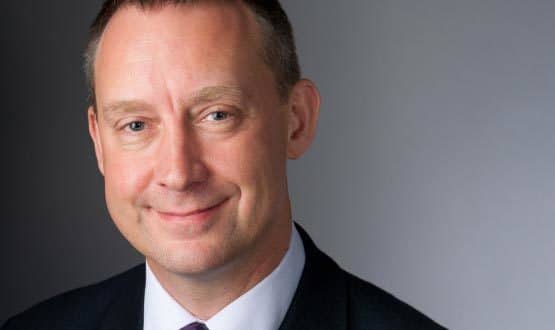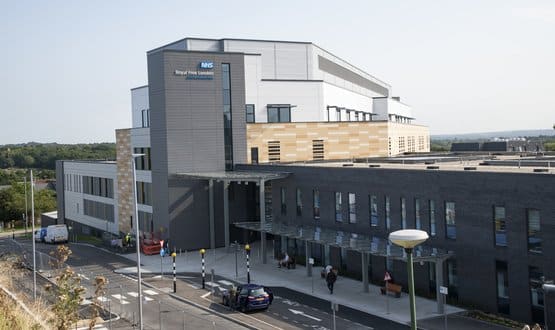£385 million GDE funding approved by Treasury
- 2 August 2017

The Treasury has approved £385 million for the global digital exemplar (GDE) programme with further money expected in 2017/18, according to NHS England’s director of operations and information
Matthew Swindells said that global digital exemplars will be put on a new procurement framework to work with their IT suppliers to sell services to non-GDE trusts.
This new procurement model was first revealed by Digital Health News last month when Swindells said the GDE and fast follower programme will end the need for current competitive public procurements, and that only GDE suppliers will receive future national funding.
Some £195 million has already been committed to the 16 acute and seven mental health GDEs, the remaining £190 million will fund the so-called fast followers, trusts that have been matched to GDEs. An unspecified amount will also be spent on new ambulance exemplars – two expected to be chosen – and five ‘place-based’ exemplars.
The £395 million comes from the £1.3 billion “Paperless 2020” funding health secretary Jeremy Hunt first announced in February 2015.
The latest details on money and further details were first reported by HSJ (paywall) which reported that trusts expecting central money will in the future have to buy their IT system through a GDE trust.
Swindells also told HSJ that NHS England was talking to the Treasury in the hope of releasing further funds for digital projects, which would be allocated to Sustainability and Transformation Plan (STP) areas.
The GDE programme is NHS England’s flagship digital programme, which prioritises already advanced digital trusts to act as exemplars for those less digitally mature.
The 16 chosen acute GDEs are to receive £10 million each, while the seven mental health exemplars receive £5 million each, both funds which have to be matched locally.
Central funding has been slow to flow through however, with trusts only receiving money in June which was expected in November last year.
The amount which will be allocated to ambulance trusts and place based exemplars is yet to be confirmed. The focus on the latter emphasises the shift towards population health management across an area.
Speaking to Digital Health News in July, Swindells said that this new procurement model is one of the intended outcomes of the GDE programme.
“At the core of the GDE model is the idea that we should be learning from each other. If the GDE and fast follower model goes well in the future, nobody will run procurements to buy IT systems again.”
Instead, he said they would pick from an existing proven blueprint to follow: “They will run an evaluation and decide who they want to partner with.”
This is a shift from the policy of letting each trust pick their own procurement model after the National Programme for IT (NPfIT) saw clinical systems imposed on trusts.
The new framework, as outlined by Swindells, suggests that GDEs and fast followers will work together to choose the software systems that work best within for them.





3 Comments
Will they ever learn! Unlikely by the looks of it, they seem so separated from the reality of working in a Hospital
I’m in false Good News fatique mode – Swindells dont get your hopes up , we have all seen these shambles before over the last 3 years
– Political headline – Tories give money to NHS, as they do support it
– Reality – Zero money given to NHS, so annual winter NHS requirements mean A&E underfunded and budgets are raided from rlsewhere
– Outcome – zero money made available
What next, Nurse tech fund 4? Pull the other one Mr. Hunt… nobody is fooled!
Comments are closed.